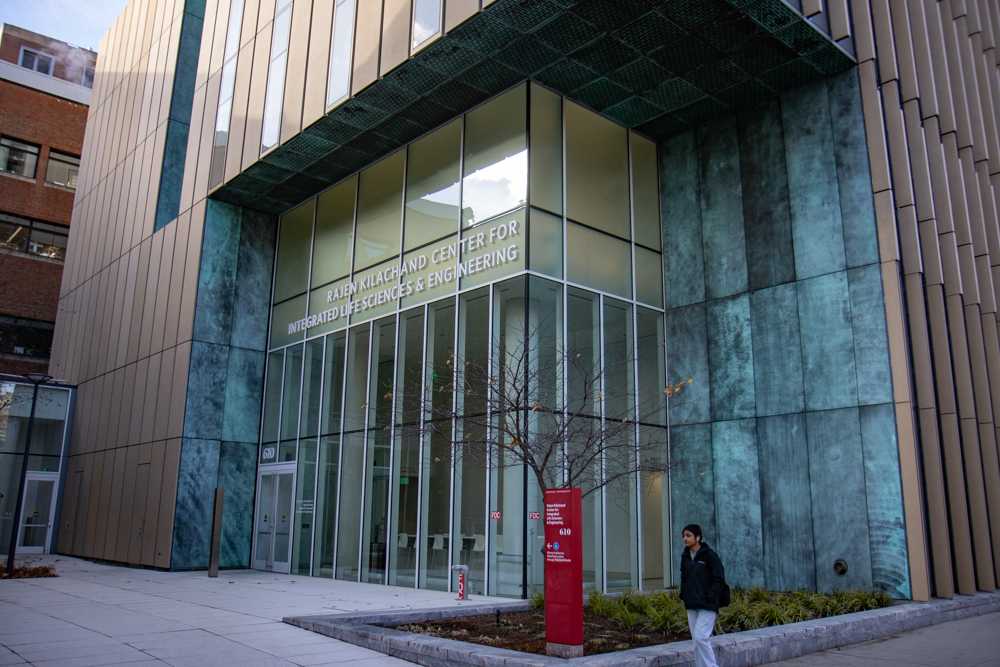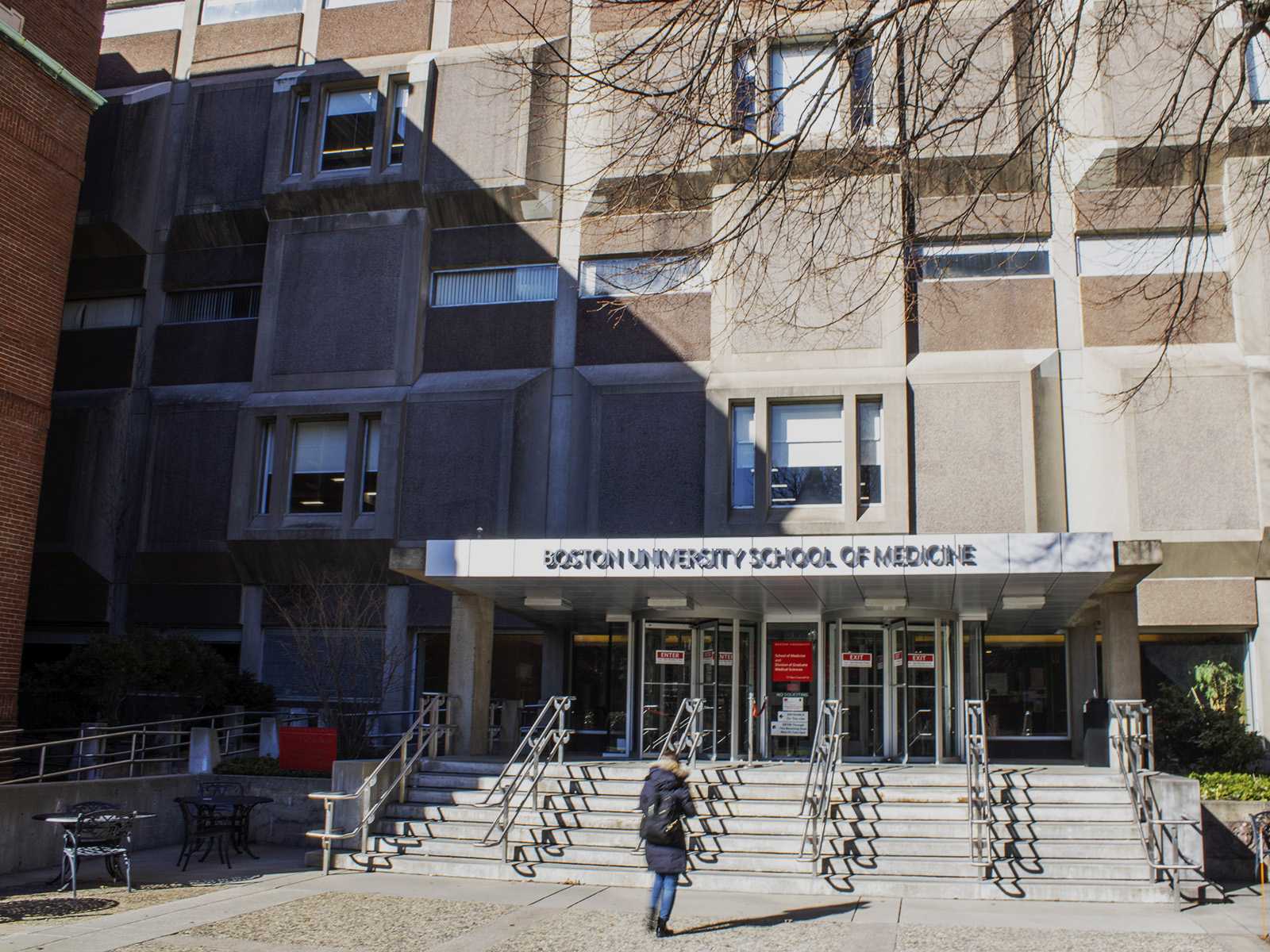Scientists often refer to protein as the fabric of life, and now the highly varied molecules that people are made of are starting to take orders from light particles. According to the Oct. 17 issue of ‘Science,’ researchers from Pennsylvania State University and the University of Texas Southwestern Medical Center have discovered a way to use light to control certain proteins.
Boston University electrical and computer engineering professor Hatice Altug, who specializes in photonics, comments on why these findings are so important for optical and biological research.
Sci and Tech: Why is protein important?
Professor Altug: If you want a cell to perform any function, you have to do it through protein. Proteins have to interact with their environment, with themselves or with other proteins. The main questions the researchers were trying to answer was if a protein’s function depends on the site of the protein and what the site of the protein needs to do to link. They’re trying to reveal the network which connects functionality on the surfaces.
Sci and Tech: How did the researchers reveal that network?
Professor Altug: In order to reveal the network, scientists attached a light-sensing protein from an oat plant they called a sensor to an enzyme from E. coli. When they shined white light on the sensor, the enzyme’s activity increased. Protein function depends on non-local and low-range communication. Aminos connect in a certain way, like legos, and their connection defines a functionality called conformation [shape]. Since they are conformed, different sides can only connect with other particular sides or things. They connect through another protein or enzyme, and light can help the researchers in trying to reveal how these different sites communicate with each other.
Sci and Tech: Why is this finding important and what could the discovery lead to in the future?
Professor Altug: A few key elements are important here. Genes are important. When the human genome project started 10 or 15 years ago we thought knowing the genes of humans would give us the ability to solve all the mysteries about ourselves and cure diseases. But that really didn’t happen because genes produce protein, and protein is the real material that performs a function. Protein is more important than a gene. A gene is sort of the master that says ‘do this,’ but protein is the molecule that does the job.
Sci and Tech: Why did the researchers use light to control the protein instead of something else?
Professor Altug: Instead of light they could have perhaps used a chemical tested protein or a pH sensitive protein or something like that, but those may have side effects. If you change the pH or charge it, it will also affect the mother protein you are trying to look at. Instead, they use a small protein they called a sensor. The sensor clinks into the main protein and the light is only affecting the sensor and not the main protein. And light protein can only attach to the main protein from one side.
Sci and Tech: Couldn’t light have some side effects?
Professor Altug: The technique, I suspect, is not applicable to all proteins because light sensitive protein is answering to the site of certain proteins, and it might not be applicable to all of them. Also, when light answers to the first protein, it could be preserving it in some way, and that means its changing the balance of the protein.
Categories:
The Light of Your Life
By Daily Free Press Admin
•
October 21, 2008
0
Donate to The Daily Free Press
Your donation will support the student journalists of Boston University. Your contribution will allow us to purchase equipment and cover our annual website hosting costs.
More to Discover



















































































































